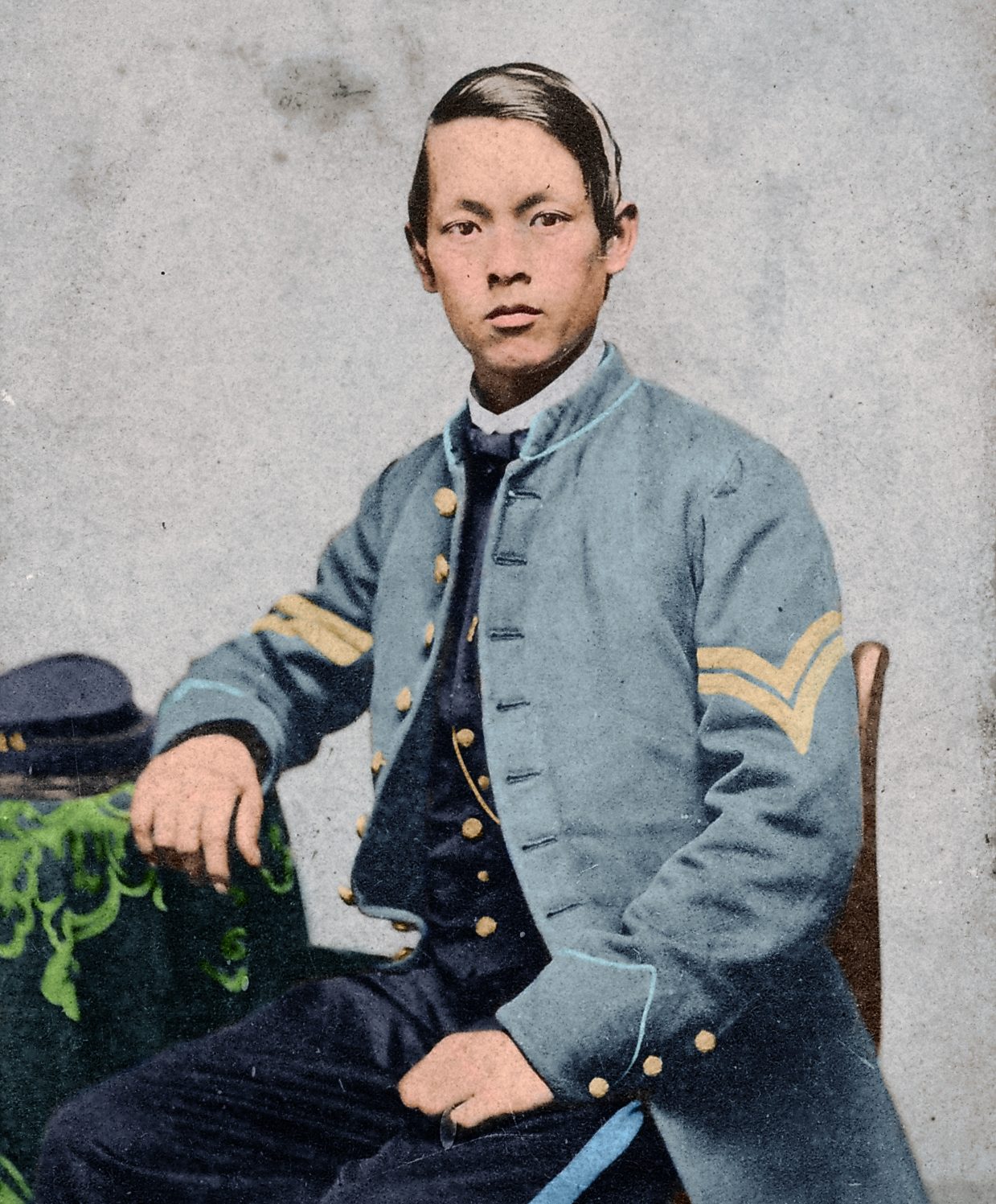It has been 160 years since war erupted across the American landscape in 1861. Just a decade ago, organizations, historians, living history groups, and the general public partook in four years of events and programs that commemorated the Civil War Sesquicentennial. Enthusiasts as far away as Australia, the Philippines, and all parts of Europe pilgrimaged to the US to visit battlefields, explore historic homes, and see battle re-enactments. For many Civil War “Buffs,” the 150th was a culmination of two decades of renewed interest in the conflict that peaked between 2011-2015 and then quickly subsided in the months after. The decrease in visitation at battlefields and sites appears to portend the demise of Civil War history, but the conflict remains seared in the American consciousness. The war’s legacy and memory remain contested issues, providing a platform for organizations to engage with the public, and vice versa. The challenge for organizations and their staff is how to effectively connect the public to a broader, more complex, and intimate understanding of the conflict. A series of books published during the 150th revealed how passionately the public desired a multi-layered connection to the conflict, and provide a guide about how to proceed.
The National Park Service (NPS) released a series of handbooks highlighting the stories and perspectives of people often missing in the war’s memory, interpretation, and historiography. The Asians and Pacific Islanders and the Civil War handbook, which I had the great fortunate to contribute, was published in 2015 to wide acclaim. It quickly sold out at NPS visitor centers and online markets, and was out of print within a year. Many were captivated by the cover—the dramatic, vivid image of Corporal Joseph Pierce—a US Army soldier of Asian descent who served heroically at the Battles of Chancellorsville and Gettysburg in 1863. Corporal Pierce’s youthful appearance and stoic pose has inspired many inquire about other Asian and Pacific Islanders who served in the conflict.

The publications, including features on Americans Indians, Hispanics, and African Americans and the Civil War, revealed the war’s scope and range that spanned the continent beyond the oceans and borders of the US. Each handbook highlighted individual stories, amplifying the voices of people once thought lost to history. The accounts centered on military service and an individual’s role in a particular skirmish, battle, and campaign, but the true strength of the publications can be found when the guns fell silent. For many individuals featured in the handbooks, the post-war era comprised years of struggle to obtain a livelihood, citizenship, and civil rights. The result was often failure. The sacrifice borne on the battlefield did not guarantee American citizenship for people of color. This provides a lesson for all, and encourages organizations that manage sites related to the conflict with the wide arc of Civil War to Civil Rights to continue to evolve.
Corporal Joseph Pierce continues to inspire. I see my Father in his image, who was just 19 and a member of the navy when he was forced to flee South Vietnam a month prior to the fall of Saigon in 1975. His only mention of the war was an acknowledgement that he served in the military. He proudly wore a medallion of a navy anchor and helm around his neck for much of my youth. I discovered an image of him as a young sailor captured during the war. It was an emotional experience and occurred a few months after I first learned of Corporal Pierce and his service during the war. The American Civil War was not my family’s conflict, but it has inspired me to dive deep, to find the roots of the human experience and amplify the voices of the past.

The chaplain of the 14th Connecticut Volunteer Infantry described Corporal Pierce as “rarely off duty—a brave, capable, and faithful soldier.” A similar sentiment was expressed by Lieutenant General Ngo Quang Truong, Army of the Republic, when describing the soldiers of his defeated country:
“The average South Vietnamese soldier, who grew up in war, was not only audacious and devoted to the cause for which he had been fighting but he always took pride in his career and his heart was filled with love for his family, his comrade-in-arms and his people. He is indeed a heroic warrior who represented the noblest traditions of the Vietnamese people, a most ardent patriot, and an outstanding soldier.”
I’m honored to commemorate Asian American and Native Hawaiian/Pacific Islander Heritage Month.
Steve Thanh Phan
Washington DC
May 2021
